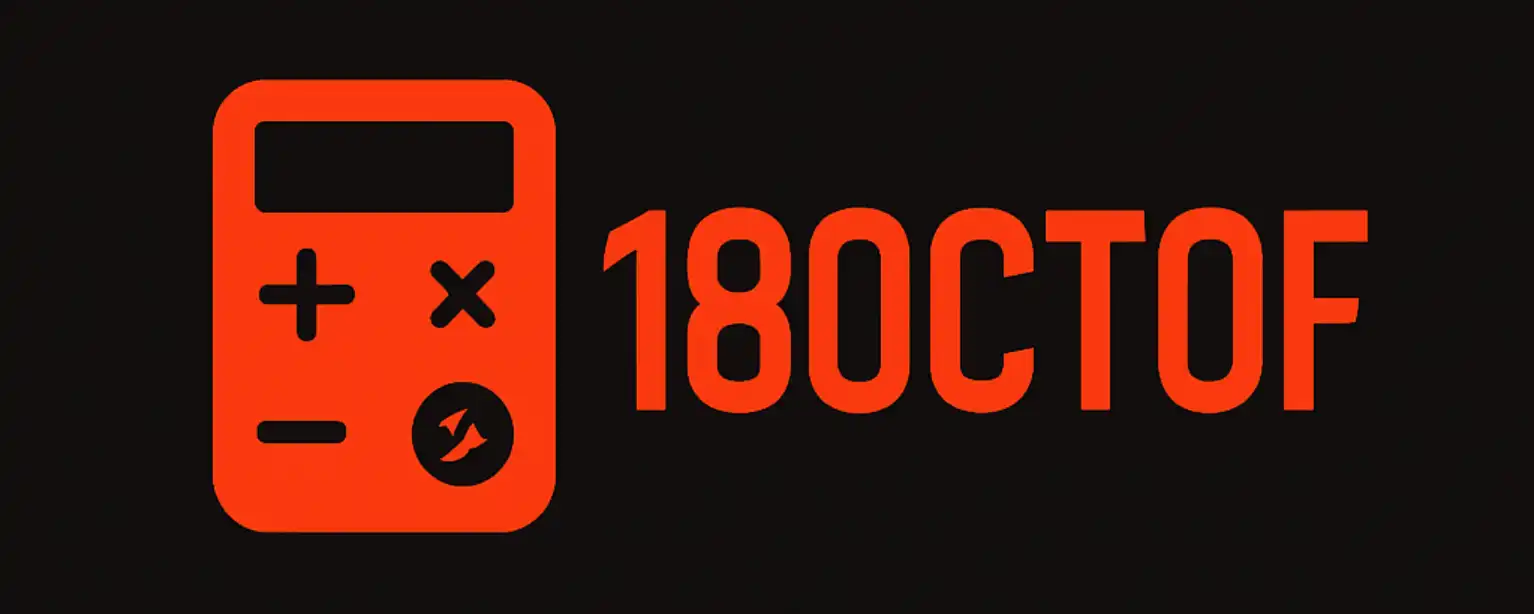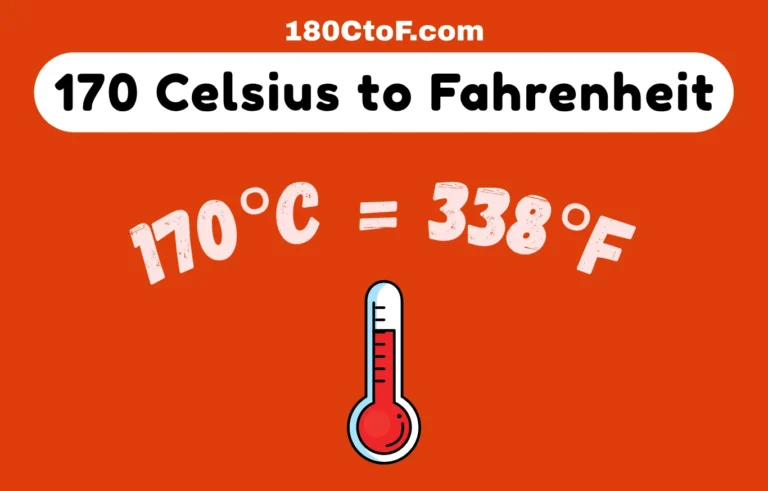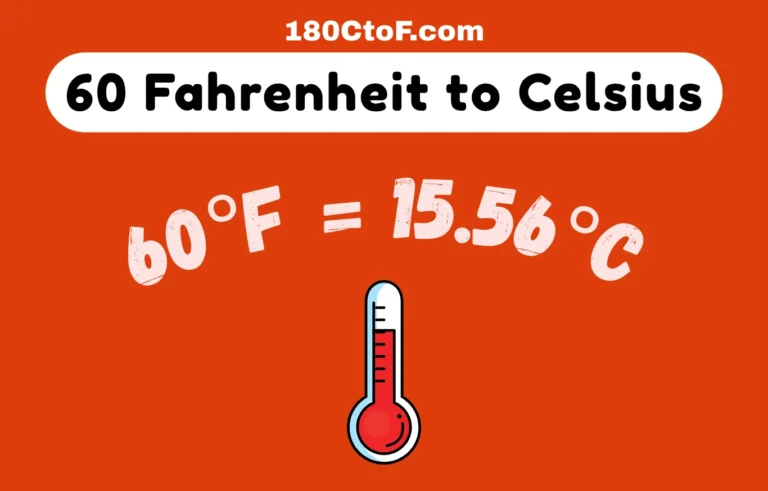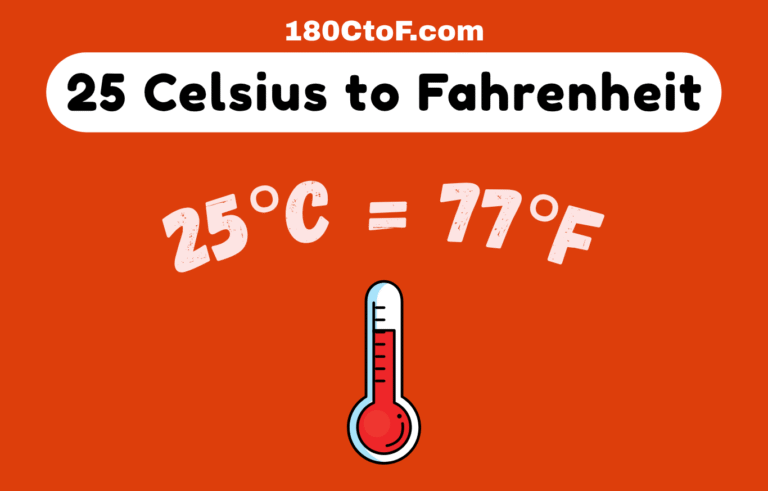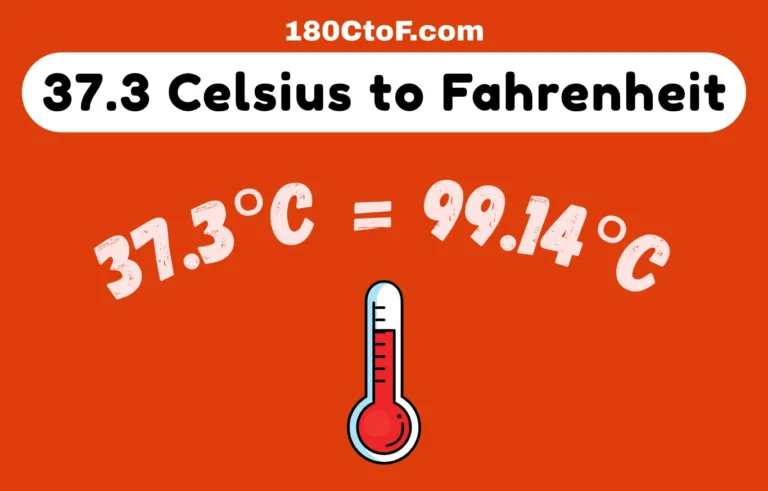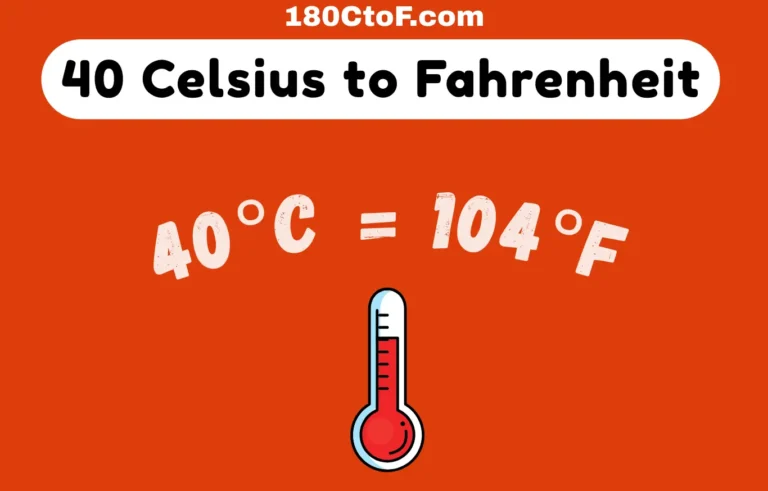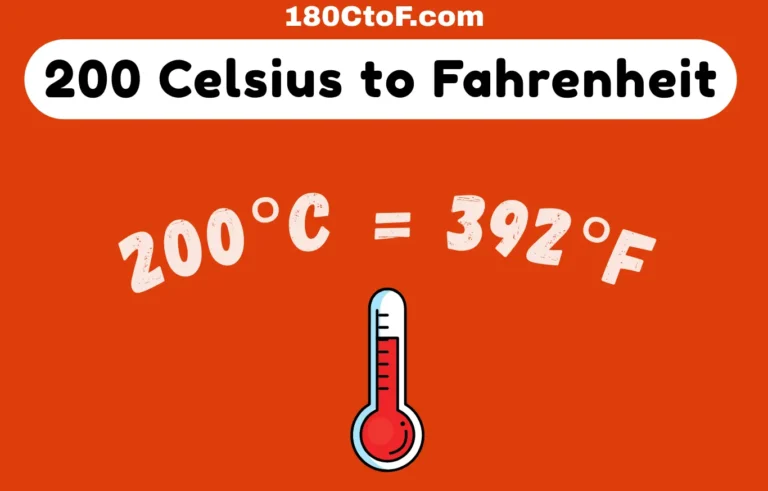36.9°C to °F – Convert 36.9 Celsius to Fahrenheit Easily
When you check your temperature and see 36.9°C, you wonder what that means in Fahrenheit? It’s a common issue. Converting Celsius to Fahrenheit can feel like a hassle, especially when you’re looking for quick answers. For whatever reason, it’s not always easy to make the conversion in your mind. Maybe you’re checking for a fever, comparing weather reports, or just trying to understand a medical reading.
In this article, we provide the exact Fahrenheit equivalent of 36.9°C and explain what that number indicates about your body temperature.
Convert 36.9 Celsius to Fahrenheit with a calculator
Steps to use this tool:
- Enter the temperature value 36.9 into the Celsius field.
- The tool will automatically display the result: 36.9°C = 98.42°F.
- So, you don’t have to click any button for the conversion
- It is optional to double-check the result, but it is recommended if accuracy is important
For a deeper dive into Celsius-to-Fahrenheit conversions, visit our Celsius to Fahrenheit Converter.
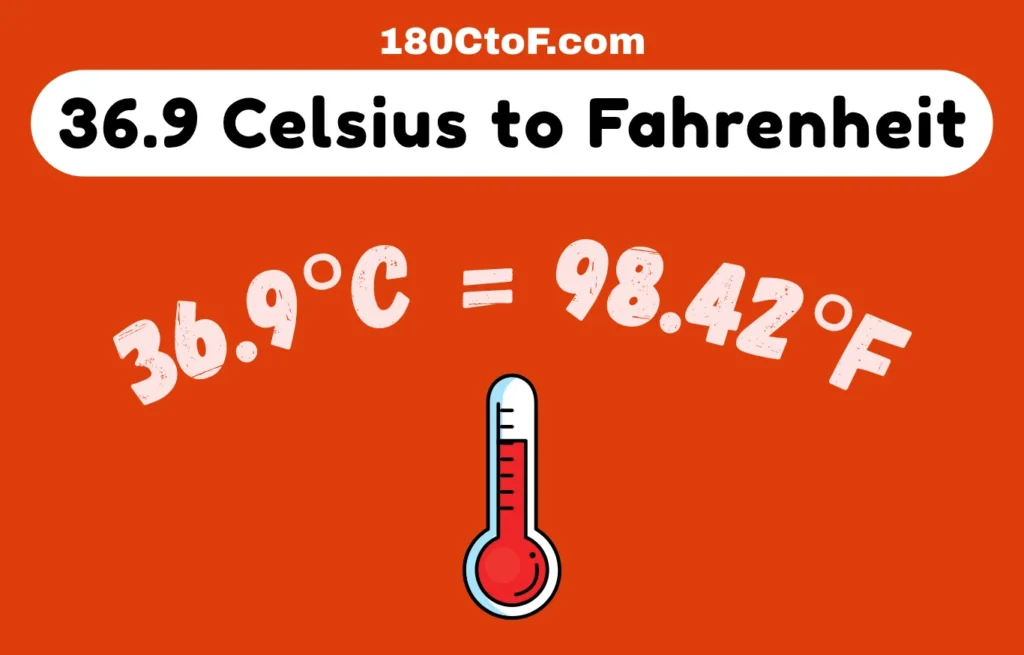
What is 36.9 Celsius in Fahrenheit? Simple answer with a formula
This is the Formula to Convert Celsius to Fahrenheit:
F = (C × 9/5) + 32
OR
F = Celsius × 1.8 + 32
- F = (36.9 × 9/5) + 32
- F = (66.42) + 32
- F = (66.42) + 32
- F = 98.42°F
So, 36.9 °C is equal to 98.42 °F, which is the normal body temperature.
Example 2
Convert 0°C to Fahrenheit:
- F = (0 × 9/5) + 32
- F = 0 + 32
- F = 32°F
Example 3
Convert 25°C to Fahrenheit
- F = (25 × 9/5) + 32
- F = 45 + 32
- F = 77°F
So, if you don’t have access to the internet or the tool, this formula (C × 9/5) + 32 is straightforward to use. You will get an accurate result instantly. Curious how 30°C compares? See 30 Celsius to Fahrenheit.
Understand 36.9 °C to °F with this Simple Conversion Table
This 36.9°C to Fahrenheit conversion table enables you to easily determine equivalent temperatures without performing any calculations. It’s useful for checking body temperature or weather readings, especially when you need to understand values in both Celsius and Fahrenheit scales.
Using this table ensures that you obtain precise and quick analyses of temperatures. If you need to check 36.5°C, see how it converts at 36.5 Celsius to Fahrenheit.
Celsius (°C)
Fahrenheit (°F)
35.5°C
95.9°F
35.5°C
96.8°F
36°C
97.7°F
36.5°C
98.42°F
37°C
98.6°F
37.5°C
99.5°F
38°C
100.4°F
Is 36.9 Celsius a fever or normal?
The average normal body temperature ranges from 97°F to 99°F; fever usually starts at 100.4°F, which is approximately 38°C, indicating that your body is likely fighting an infection. Therefore, it indicates that a temperature of 36.9 degrees Celsius is not considered a fever. It’s slightly higher than the average range, but not a sign of fever. Knowing these temperature ranges helps you determine when to consult a doctor and when to monitor your health. For another common temperature, check out 36.8 Celsius to Fahrenheit.
Body Temperature Ranges – Understanding 36.9 °C to °F
Recognizing the various ranges of body temperatures is helpful in some instances. In which a reading is normal, low, or a sign of fever, which usually starts at 38°C (100.4°F) or above. For a closely related value, see how 36.7°C converts into Fahrenheit.
Celsius (°C)
Fahrenheit (°F)
Classification
Below 35.0°C
Below 95.0°F
Hypothermia
35.0°C – 36.0°C
95.0°F – 96.8°F
Low Normal
36.1°C – 37.2°C
97.0°F – 99.0°F
Normal Range
36.9°C
98.42°F
Common and safe body TEMPERATURE
37.3°C – 37.9°C
99.1°F – 100.2°F
Monitor if symptoms appear
38.0°C and above
100.4°F and above
Fever
36.9 Is temperature normal for children and adults?
Yes, a body temperature of 36.9°C is fully considered normal for adults, children, and even newborns. It falls within the healthy range.
36.9°C is comfortably in the normal range for babies; however, newborns might experience slightly more fluctuating temperatures, especially during the first few days of life. For a quick reference, visit our 180°C to °F page for all Celsius-to-Fahrenheit conversions.
It’s essential to remember that body temperature can fluctuate slightly depending on the time of day, for example, when engaging in physical activity, or when measuring the temperature using different methods, such as under the arm, orally, or rectally. If there are no other signs of illness, a temperature of 36.9°C typically indicates that the person is healthy. You can also explore the conversion for 36.6 Celsius to Fahrenheit.
Is 36.9 °C too hot or cold?
A body temperature of 36.9°C is neither hot nor cold; it is the ideal temperature. In Fahrenheit, this equals 98.4°F, which also falls within the normal range of body temperature for both children and adults. A reading of 36.9°C after exercise is completely normal and indicates that your body is regulating heat effectively.
But one thing is in mind if we are talking about the outdoor temperature 36.9°C (98.4°F) it is considered very hot. Even though it is 36.9°C, this reading is close to our body temperature, people still feel very hot in the weather at this level.
This is because Sweat helps to cool our body down when it evaporates (dries off your skin). But if the air outside is almost as hot as your body, sweat doesn’t dry very well, so your body stays warm, and sweating doesn’t work as effectively. And for a comparison near the low end, check out how 36.4 Celsius converts to Fahrenheit.
Frequently Asked Questions (FAQs)

Heather M. Archambault
Heather M. Archambault, PhD, is a meteorologist and research scientist with decades of experience in atmospheric science and climate modeling. As the founder of 180 C to F, she brings scientific accuracy to every temperature conversion tool and guide. Her mission is to make complex temperature concepts clear and accessible to all.
